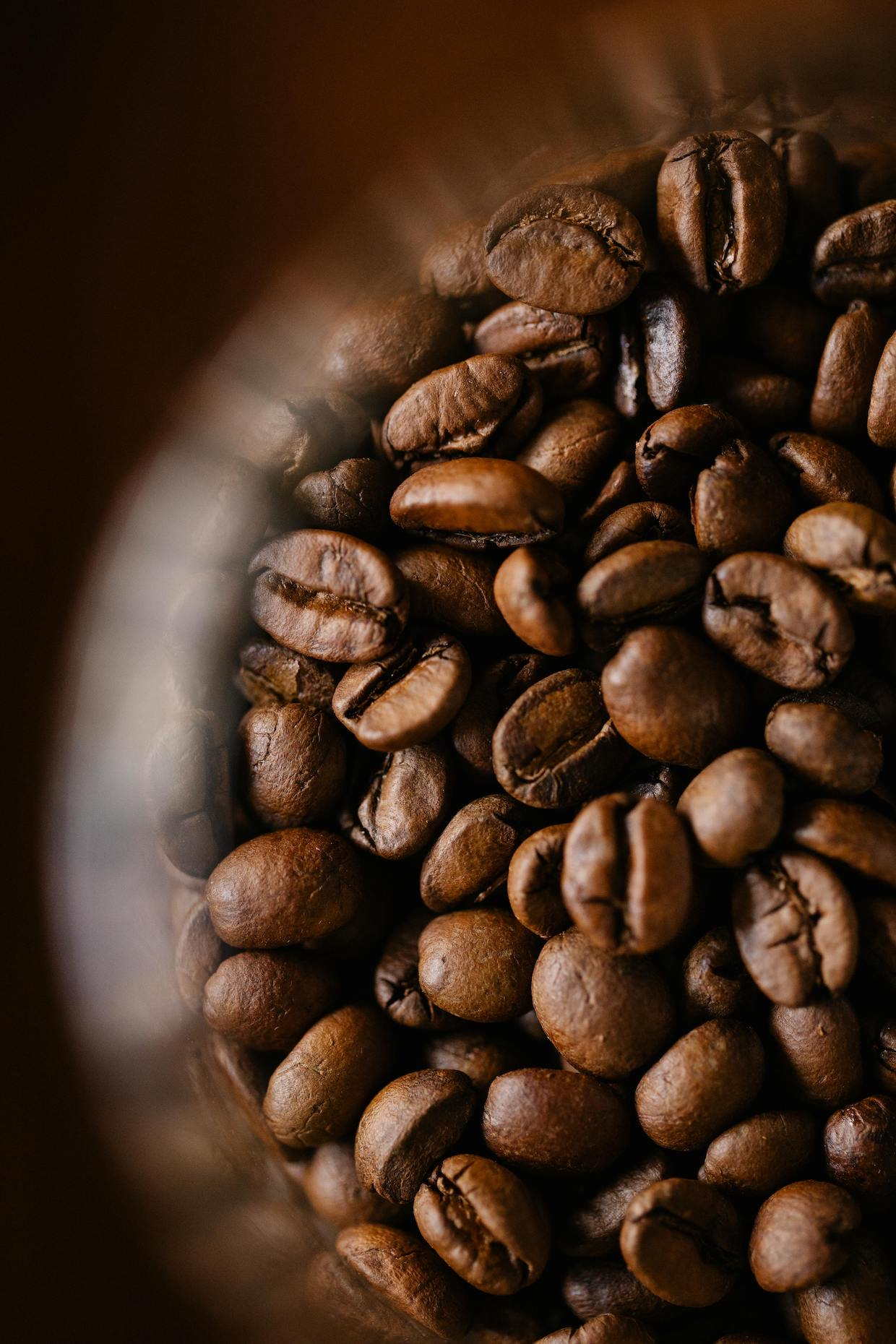New research suggests that everything coffee people have known about how roast level (light, medium, dark, etc.) affects caffeine levels was mostly wrong, but also sort of right.
One of the most commonly debated questions surrounding coffee has always been, “What has more caffeine: light roast or dark roast?”
In ancient times, the prevailing thought was, “dark roast, of course, because it’s ‘stronger.'”
Through various waves of enlightenment, that way of thinking was dismissed, due to its reflection of flavor intensity rather than actual chemical composition of the extraction.
Thus, the prevailing attitude became, “light roast has more caffeine, since less was ‘burned off’ during the roasting process.”
That held for a long while until a countermovement led by brainy baristas and roasters, with their refractometers and scales and TDS meters, declared, “A, ha! It is indeed dark roast that has more caffeine in the cup, since weight loss from roasting demands more coffee be used in each brew to achieve the desired results.”
And so it was written… until now.
Researchers at Berry College and Drexel University this week presented arguably the most thoroughly controlled study of the relationship between coffee’s roasting degree, its extraction yield and the caffeine concentration in brewed coffee.
What they discovered might aptly be described as “it’s complicated,” or, more precisely, “brewing matters more than roasting.” One of the study’s key findings even suggests the answer has been in plain view all along, in medium roasts.
The Study
The research team used two different green coffees — one washed-process coffee and one natural-process coffee, each from different single producers in Ethiopia — supplied by California-based importer Royal Coffee.
The coffees were roasted in 500-gram batches in an Aillio Bullet roaster to five precise levels through automated profiling. Following a 10-day degassing period, each sample passed through a Timemore Sculptor 078 grinder, then through Kruve sieves to ensure particle size efficiency.
Using carefully balanced water heated to 212°F, the research team brewed cups using the inverted method on an AeroPress brewer, using a 15:1 ratio of water to coffee.
The coffee mass and water volume remained consistent for each coffee sample in order to achieve results that might be applicable to home brewers following a recipe. In other words, the brews were not optimized for extraction yields, desired flavor intensity or other outcomes, but for apples-to-apples comparisons based on ground coffee mass.
The group measured caffeine and chlorogenic acid (CGA) levels using high-performance liquid chromatography (HPLC), and analyzed changes in bean structure using scanning electron microscopy (SEM).
Key Findings
Roast Level and Caffeine Content
- Lighter roasts generally had more caffeine in the brewed coffee, but this depended on the extraction yield, i.e. how much coffee compound is dissolved in water.
- Darker roasts showed a higher caffeine concentration per unit of extracted coffee but lower overall extraction yields, resulting in less caffeine in the final cup.
- Maximum caffeine levels were observed in cups of medium roasts that experienced about 14-16% loss of mass during roasting.
Extraction Yield Matters
- The study found that extraction yield is a critical factor.
- Lighter roasts yielded more soluble compounds overall, while darker roasts produced less, partially due to chemical breakdown and volatilization during roasting.
Roast and Porosity
- Roasting increases the porosity of coffee beans, affecting how water flows through the grounds during brewing.
- While this makes caffeine extraction more efficient in darker roasts, it also accelerates the loss of other compounds, including caffeine, during the roasting process.
Chlorogenic Acids (CGA):
- Unlike caffeine, CGAs — a family of antioxidants — decreased significantly as the roast became darker. This outcome was expected and consistent with previous studies.
The study, called “Caffeine content in filter coffee brews as a function of degree of roast and extraction yield,” was published in the Nature journal Scientific Reports.
[Editor’s note: This story has been updated since its original publication. The original incorrectly referred to coffee mass as coffee volume in three instances.]
Comments? Questions? News to share? Contact DCN’s editors here.
Related Posts
Nick Brown
Nick Brown is the editor of Daily Coffee News by Roast Magazine.









Comment